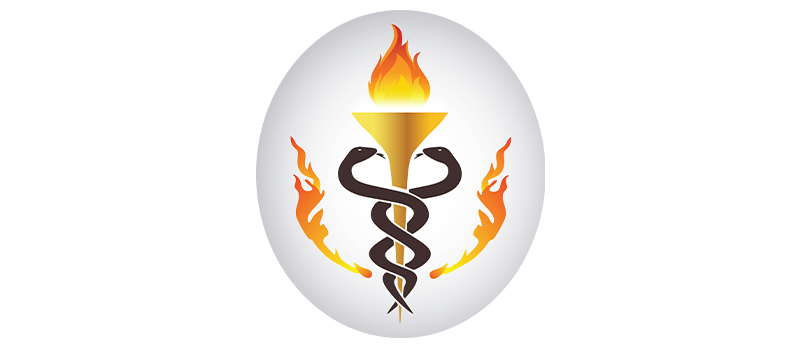Massage & Stress Management
Massage & Stress Management By Admin / May 21, 2025 Massage & Stress Management: Unlocking Calm and Balance In the fast-paced lifestyle of the UAE,
+971 4 346 8554
+971 4 394 8500


Cupping vs. Dry Needling: Which Therapy Is Right for Your Pain?
By Admin / May 2, 2025

When it comes to effective pain management solutions, two popular therapies often come into the conversation: cupping therapy and dry needling. Both offer relief for muscular pain and tension, but they work in very different ways. Understanding their differences can help you choose the best option for your needs.
Cupping therapy is an ancient technique that uses suction cups placed on the skin to create a vacuum effect. This process stimulates blood flow, loosens tight muscles, and helps remove toxins from the body. Cupping is especially useful for treating larger surface areas, such as the back or shoulders, and is often used to relieve chronic pain, tension, and even stress. It’s a non-invasive and relaxing treatment that leaves behind distinctive circular marks, which typically fade within a few days.
On the other hand, dry needling involves inserting fine, sterile needles directly into trigger points—tight knots in the muscles that cause pain and limit movement. Unlike acupuncture, dry needling is based on Western medical principles and targets specific muscle groups. It’s highly effective for deep muscle pain, sports injuries, and chronic issues like neck and back pain.
When deciding between the two, consider the nature and location of your pain. For deep muscular knots or sports-related injuries, dry needling may offer quicker results. If you prefer a gentler, more holistic experience for overall tension relief, cupping therapy could be the better fit.
In many cases, combining both therapies can provide comprehensive pain management solutions, addressing different layers of muscle and fascia. Always consult with a qualified therapist to determine the most effective treatment for your specific condition.
Both cupping and dry needling are powerful tools to help you move better, feel stronger, and live pain-free.
Massage & Stress Management By Admin / May 21, 2025 Massage & Stress Management: Unlocking Calm and Balance In the fast-paced lifestyle of the UAE,
Nuad Thai Dubai: Authentic Thai Therapy for Wellness and Relaxation By Admin / September 7, 2025 Nuad Thai Dubai: Authentic Thai Therapy for Wellness and




Taiy Pradit is a leading wellness centre that specializes in authentic Thai massages. With our experienced therapists and peaceful atmosphere, we offer a traditional and therapeutic experience that promotes physical and mental well-being.
Copyright © 2023. All rights reserved.
Quick Links
Copyright © 2023. All rights reserved.